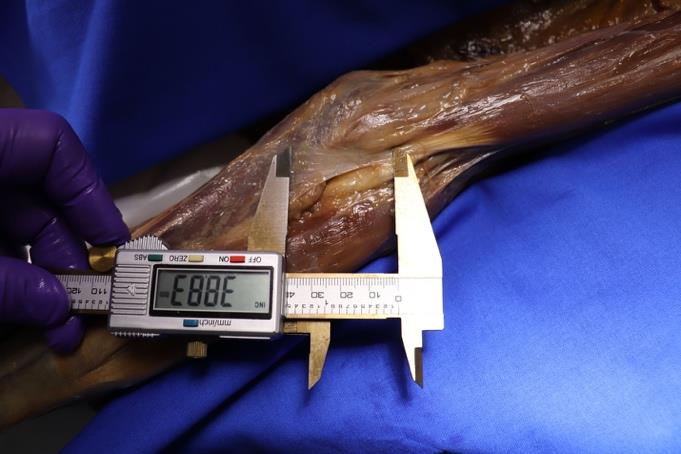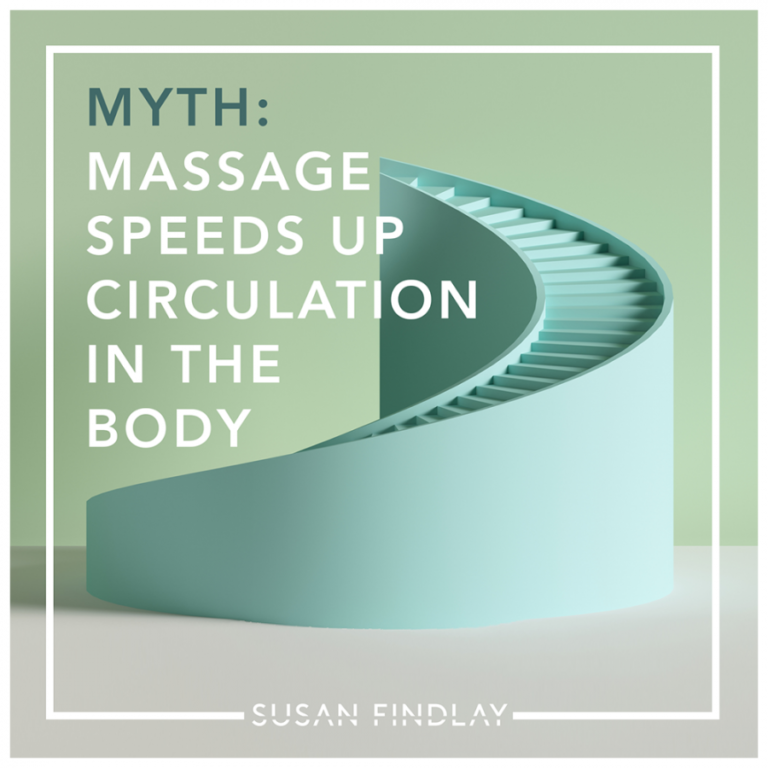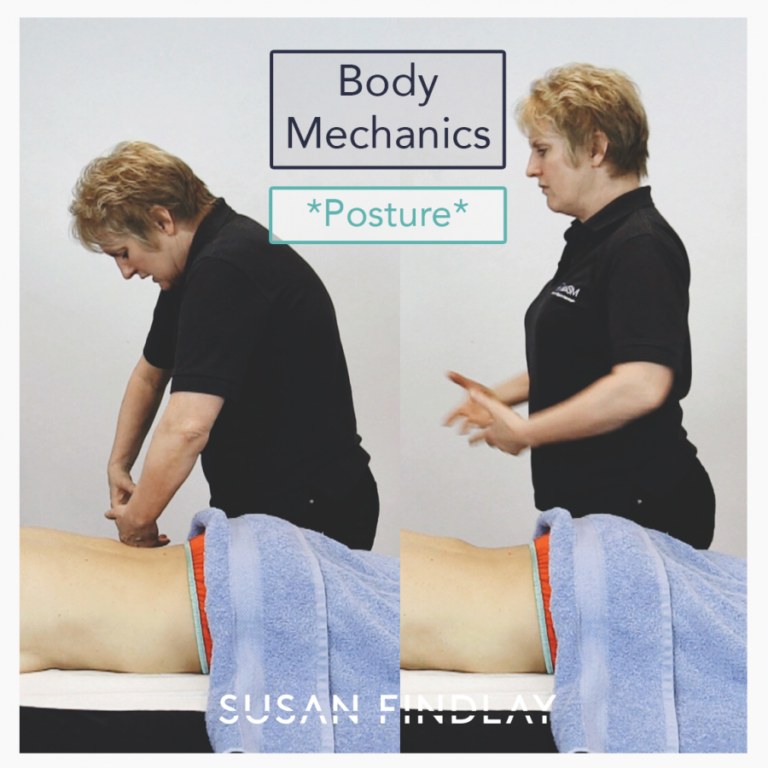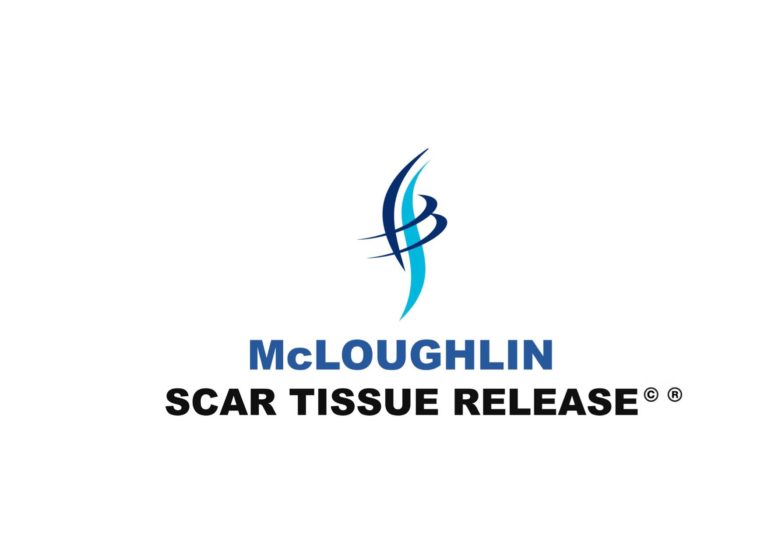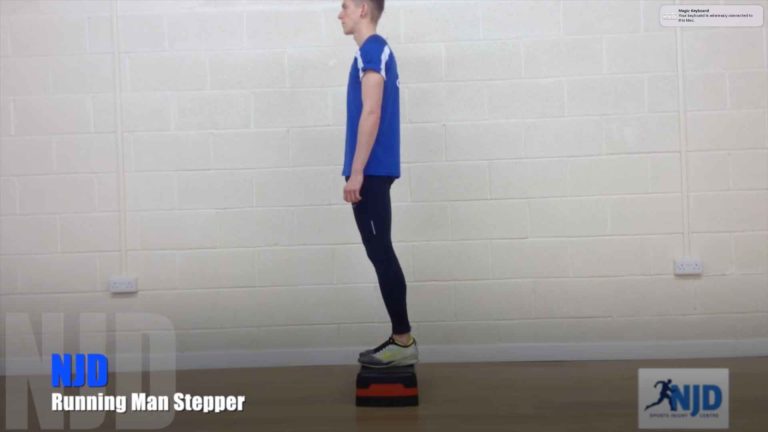ABSTRACT 19th century anatomy took a systematic, uniform approach as efforts were made to give each anatomical structure a precise description. Concerning red contractile proteins observed within a gastor, descriptive words provided little or no information concerning the anatomy or physiology of such structures. Latin names were provided describing shape (i.e. trapezius), size (i.e. maximus), number (i.e. quadriceps) and anatomical location (i.e. posterior) but did little to inform learners concerning a global view of human form and function. Such a reductionist view concerning muscles was delineated by their assumed tendonous origin/insertion attachment to bone. Bespoke human dissections performed on embalmed cadavers, embracing a (bio)tensegrity focus, provides innovative insights concerning the topics of human anatomy, form and function. Such dissection shifts attention away from the solely mechanistic observations made since the time of Erasistratus (ca. 290 BC) and Giovanni Alfonso Borelli (1608-1679) which led to nebulous interpretations and isolated “parts”. Long held concepts such as muscle origins and insertions are not supported as factual evidenced by biotensegrity focused dissections. Borelli’s explanations of human movement, based on man-made objects, included wheels, clocks, watches and two-bar pinned joints. Mechanical models require construction materials such as 1st, 2nd and 3rd class levers, pulley systems with pins and screws for functional operation. Embryology does not require surgical intervention to attach an upper or lower limb, a liver, spleen or blood vessel. The embryo grows and develops such structures in a temporal sequalae orchestrated by the forces and the environment wherein it emerges. To-date it has been averred that the human body is a combination of ‘parts’ comprising of levers and pinned-joints. This observational-based report offers anatomically accurate cadaveric imagery supporting a paradigm shift in human anatomy moving towards a model dependent reality of continuity and wholeness, “Biotensegrity-Anatomy for the 21st century”.
KEYWORDS : Biotensegrity, Fascia, biomechanics, embryology, gravity, dissection.
Correspondence: John Sharkey MSc. Faculty of Medicine, Dentistry and Clinical Sciences, University of Chester/NTC, Dublin, Ireland. Email : john.sharkey@ntc.ie
Copyright © 2020 Sharkey J. This is an open access article distributed under the Creative Commons Attribution 4.0 International, which permits unrestricted use, distribution, and reproduction in any medium, provided the original work is properly cited.
Not joined up yet?
There’s plenty of reasons to join the LCSP Register
Insurance Partners
Our dedicated team can tailor individual policies to suit your specific needs
Workshops
Keep your skills up to date with CPD Workshops and courses
Business Support
Advice tailored to working in the private sector
Find a Therapist
Our directory of therapists searchable by the general public
Welfare Officer
Supporting members who may have situations of difficulty where they need assistance, guidance or reassurance.
